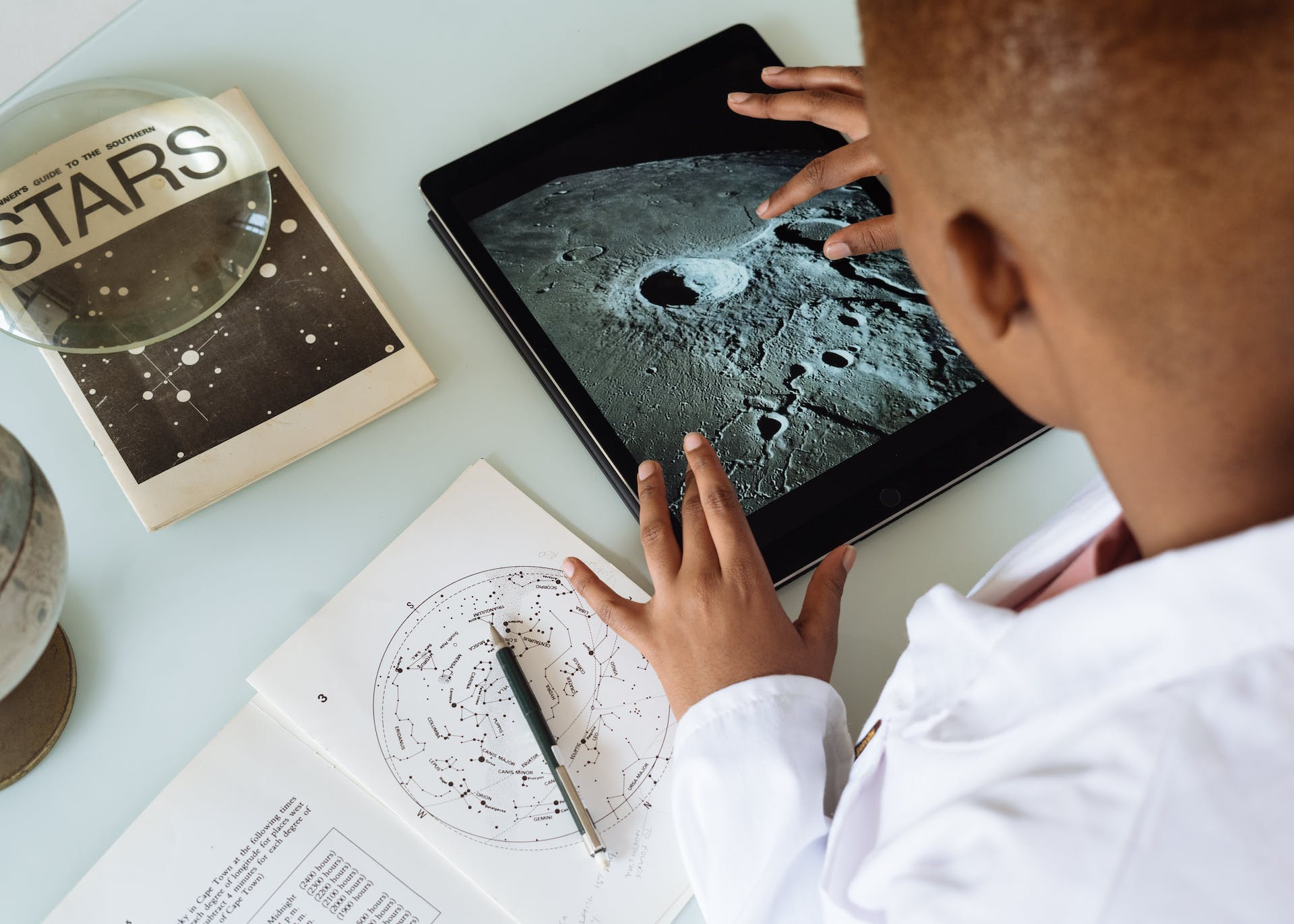
Striking the Right Balance: Navigating Homework and Project-Based Learning
Introduction
The perennial debate over the benefits and drawbacks of traditional homework versus project-based learning continues to echo through educational circles. This article aims to delve into the nuances of both approaches, exploring their respective merits and pitfalls, with the ultimate goal of finding the delicate equilibrium that maximizes student learning and engagement.
The Case for Homework
- Building Discipline and Responsibility
Homework has long been touted as a tool for instilling discipline and responsibility in students. The practice of completing assignments independently fosters time management skills, accountability, and a sense of personal responsibility for one’s academic progress.
2. Reinforcing Concepts
Assigning homework allows students to reinforce what they’ve learned in the classroom setting. The repetition of exercises or problem-solving tasks at home can solidify understanding, leading to better retention of material.
3. Individualized Practice
Homework provides an avenue for students to engage in individualized practice. Tailored assignments can cater to specific learning needs, offering extra support or challenge for students based on their comprehension level.
The Pitfalls of Excessive Homework
1. Overwhelming Workload
One of the primary criticisms of homework revolves around the potential for an overwhelming workload. When assignments pile up, students may experience stress, anxiety, and a decrease in overall well-being.
2. Limited Creativity
Traditional homework assignments often have a prescribed format, limiting the opportunity for students to showcase creativity or alternative problem-solving approaches.
The Emergence of Project-Based Learning (PBL)
- Fostering Critical Thinking
Project-based learning, on the other hand, emphasizes hands-on, collaborative projects that encourage critical thinking and problem-solving skills. Students engage in real-world applications of knowledge, moving beyond rote memorization to deeper comprehension.
2. Enhancing Collaboration
PBL fosters collaboration among students. Group projects allow learners to pool their strengths, share ideas, and learn from each other, mimicking the collaborative nature of many professional environments.
3. Real-World Relevance
Projects often have real-world relevance, connecting academic content to practical applications. This contextualization helps students see the value of what they’re learning and encourages a passion for discovery.
Balancing Act: Strategies for Integration
- Aligning Homework with Learning Objectives
To strike a balance between traditional homework and project-based learning, educators can align homework assignments with specific learning objectives. Homework should complement and reinforce classroom learning without becoming an added burden.
2. Implementing Project-Based Assessments
Integrate project-based assessments that allow students to showcase their understanding in creative and practical ways. This not only engages students more deeply but also provides a more holistic assessment of their skills.
3. Flexibility in Assignment Formats
Offer flexibility in assignment formats to accommodate diverse learning styles. Some students may thrive with traditional written assignments, while others may excel with project-based assessments. A mix of both ensures inclusivity.
The Teacher’s Role
1. Ongoing Assessment and Adaptation
Teachers play a crucial role in monitoring the impact of homework and project-based learning. Ongoing assessment allows educators to adapt their approach, tailoring the balance based on the evolving needs of their students.
2. Providing Support and Guidance
While projects encourage independent thinking, guidance from teachers remains essential. Teachers can provide support, clarify concepts, and ensure that the projects align with educational objectives.
Overcoming Challenges
1. Resistance to Change
Addressing resistance to change, both from educators and students, is paramount. Professional development opportunities and open communication can ease the transition toward a balanced approach.
2. Resource Constraints
Resource constraints, both in terms of time and materials, can pose challenges. Educators must be creative in finding ways to incorporate both homework and project-based learning within existing constraints.
In the perpetual tug-of-war between homework and project-based learning, the solution lies not in favoring one over the other but in finding an intricate balance that maximizes the benefits of both. By carefully aligning assignments with learning objectives, fostering creativity, and recognizing the unique merits of each approach, educators can create a learning environment that is not only academically enriching but also nurturing of well-rounded, resilient, and resourceful individuals prepared for the challenges of the future. The key is not in choosing between two pedagogical methodologies but in crafting an educational landscape that seamlessly integrates the best of both worlds.
more blogs
our verticals
- ISA Global
- Indian School Awards
Connect with us
- 163, Industrial Area Phase 1, Chandigarh 160002
- +91 9878643643
- [email protected]


